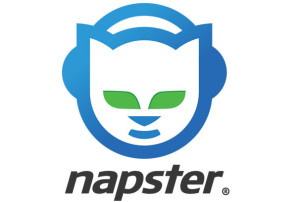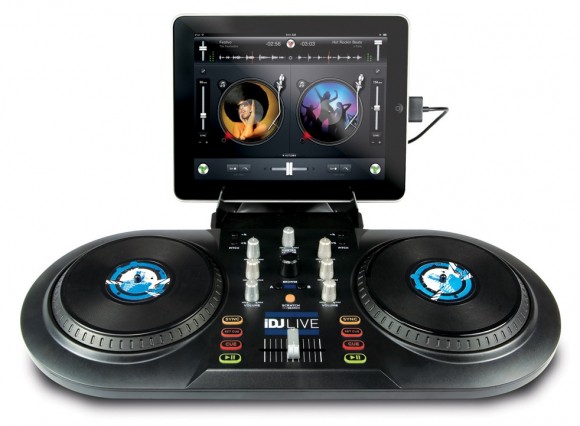
Photo from : https://c1.staticflickr.com/9/8231/8394217408_a7a722de3c_b.jpg
It seems silly, but there’s a problem in the United States surrounding online shopping. The rise of services like Amazon have already had a harsh effect on retail storefronts, but now, the problem has reached the postal industry. As noted in a recent article by the Wallstreet Journal, the surge of parcels from online retailers has created new issues for property managers. Aside from the issue of storing an apartment building’s worth of packages, real estate companies now need to devote an increasing amount of their personal funds to handling deliveries. In recent years, different businesses have implemented a variety of solutions to fix this problem. Amazon set up delivery lockers in partner locations across the United States, and the company continues to push the frontier of online shopping with same day delivery and third party parcel services. Services like Fedex and UPS changed the mail industry when they began to deliver mail, and the rise in online shopping presents another turning point for the delivery industry.
Amazon’s same-day delivery service has caused a lot of controversy since its launch. In a Forbes article from June, Tom Ryan quotes some generally differing responses to Amazon’s move. According to Chris Petersen
“It is a differentiator that will be difficult to replicate because it requires substantial infrastructure, systems and processes which are not easily created overnight. … If there ever was a wake-up call for brick-and-mortar, this should be it. If you can’t match free same-day delivery, you had better deliver over-the-top customer experience in your stores.”
Petersen seems to believe that store-front operation in major cities will face the wraith of Amazon’s new delivery service the quickest. Amazon has already set up warehouses in some of the country’s most active delivery locations, and same-day delivery will certainly put increasing pressure on box stores and general stores to compete. However, rural areas will continue to maintain during this explorative period in the delivery industry. Amazon does not yet have the infrastructure to offer these expedited shipping options everywhere. That being said, rural retailers should certainly contemplate how they might compete in the future.

